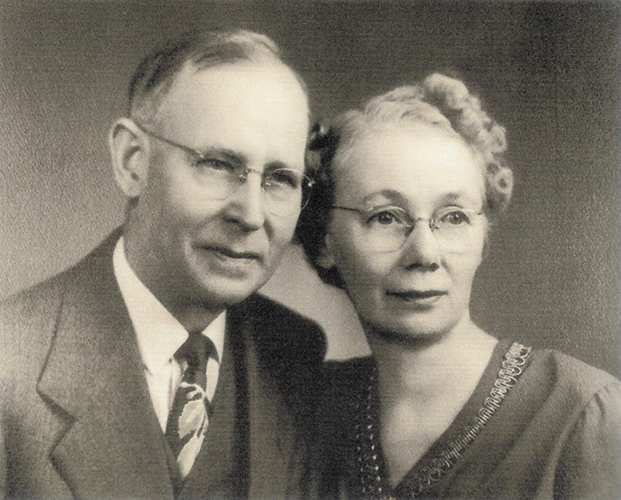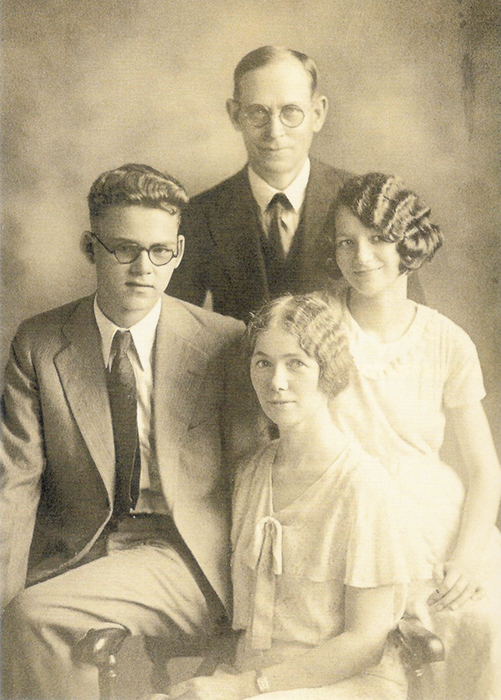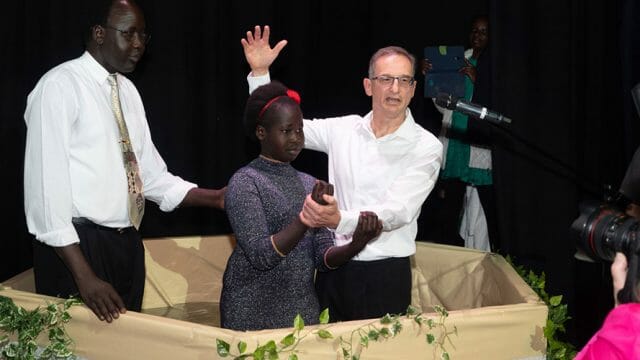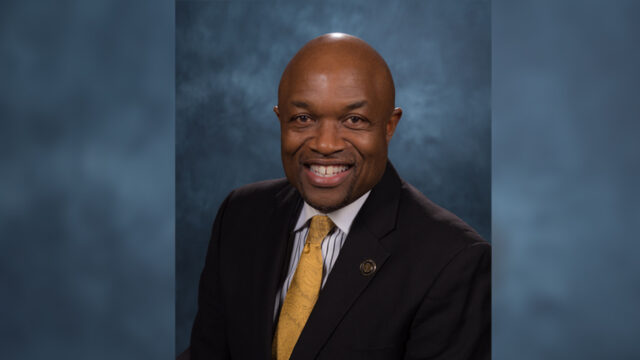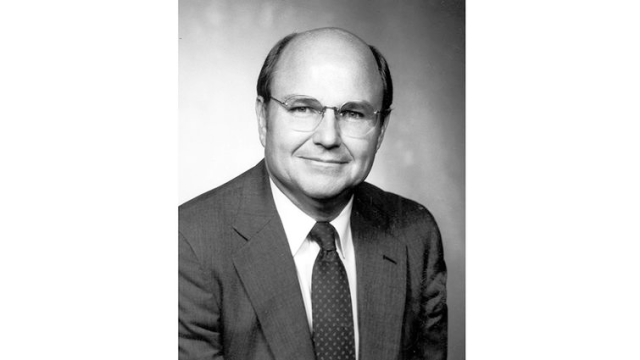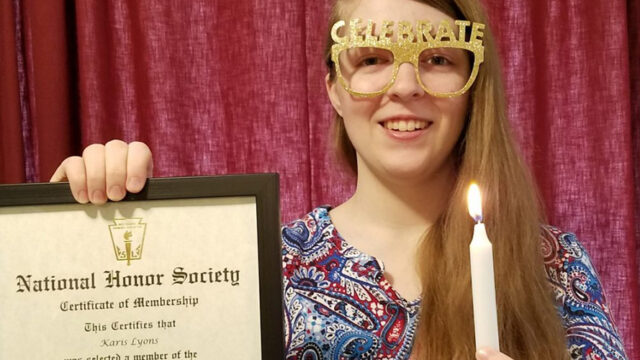Devoted Missionaries to the Japanese People

For more than three decades, Alfonso Nils Anderson and his wife, Mayte Landis Anderson, were missionaries to the Japanese people, first in Japan, then in the Japanese community in the Philippines, where they survived three years in the harsh conditions of World War II internment camps.
Missionary to Japan
In 1913, Alfonso graduated from Union College in Lincoln, Nebraska, United States. The same year, he and classmate Mayte Landis were married and promptly accepted a call to mission service in Japan.1
After heading the mission station in Hiroshima (1915-1917), Alfonso did editorial work with the Japanese periodicalsToki no Shirushi (Signs of Times) and Shimei no Otozure (Tidings of the Message). His additional roles included home missionary secretary and publishing secretary for the Japan Union (1919-1921), teacher of Bible and history at Japan Mission Training School (1921-1927), director of Tohoku Mission (1928-1934), and Bible teacher at Japan Union College (1934-1936).2 A fluent Japanese linguist, the mild-mannered, nearsighted missionary once had to calm an angry mob that had been inflamed by wild rumors accusing Koreans of poisoning wells in the aftermath of the 1923 Tokyo earthquake and was bent on attacking a Korean worker at the Adventist press.3
The Philippines, World War II, and Internment
The Andersons moved to the Philippines in 1937, with the assignment of seeking converts among the large Japanese community in Davao, on the southern island of Mindanao. In 1942, Alfonso and Mayte were interned after the conquest of the American colony by the Japanese army. Two years later they were transferred to a harsher environment at the large internment camp created at Santo Tomas University in Manila. Though forbidden by their captors from watching the skies, they were aware of the aerial dogfights, which came ever closer to Manila. Alfonso maintained his sanity by studying astronomy.4
Alfonso was near death, weighing 70 pounds, when the camp was liberated by troops of the American 1st Cavalry Division on February 3, 1945. He was hospitalized, but Mayte was among the emaciated prisoners cheering General Douglas MacArthur, who visited on February 7, even as the battle for Manila continued. Later it was learned that Japanese general orders to camp commandants called for executing all prisoners if threatened by American forces.5
Final Years
Alfonso emerged from this experience permanently weakened, but still deeply in love with Japan and Japanese culture. After retirement in 1946, he carried on quiet personal evangelism among Japanese Americans. He enjoyed teaching astronomy to young Pathfinders and became a skilled amateur poet. The following sample captures something of the spirit that animated his commitment to the cause of Christ:
Miracle
I ask for neither name nor niche
In corridor of fame,
Nor thrill of sense, nor touch of gold,
Nor laurels in earth’s game.
I only trust my Lord all-wise,
By miracle of grace
Will grant a faith enriched by love,
And then—to see His face!6
Alfonso Anderson died March 16, 1958, in Hinsdale, Illinois. Mayte Landis Anderson passed away six years later on April 27, 1964, in North Sacramento, California.7
This article is from the Encyclopedia of Seventh-day Adventists, which is available online at encyclopedia.adventist.org.
1 Charles Landis Anderson Remembers (Angwin, Calif.: Bruce N. Anderson, 2002), pp. 13-15.
2 “Alfonso Nils Anderson obituary,” ARH, May 29, 1958, p. 25; Seventh-day Adventist Encyclopedia, 2nd rev. edition (1996), s.v. “Anderson, Alfonso Nils.”
3 Author’s personal knowledge from Charles L. Anderson, son of Alfonso N. Anderson.
4 Author’s personal knowledge from Charles L. Anderson, son of Alfonso N. Anderson.
5 Bruce Henderson, Rescue at Los Baños: The Most Daring Prison Camp Raid of World War II (New York: Harper-Collins, 2015), p. 170.
6 Alfonso N. Anderson, “Miracle,” Northern Light, March 1954, p. 2.
7 “Alfonso Nils Anderson obituary”; “Mayte Landis Anderson obituary,” Pacific Union Recorder, June 22, 1964.


